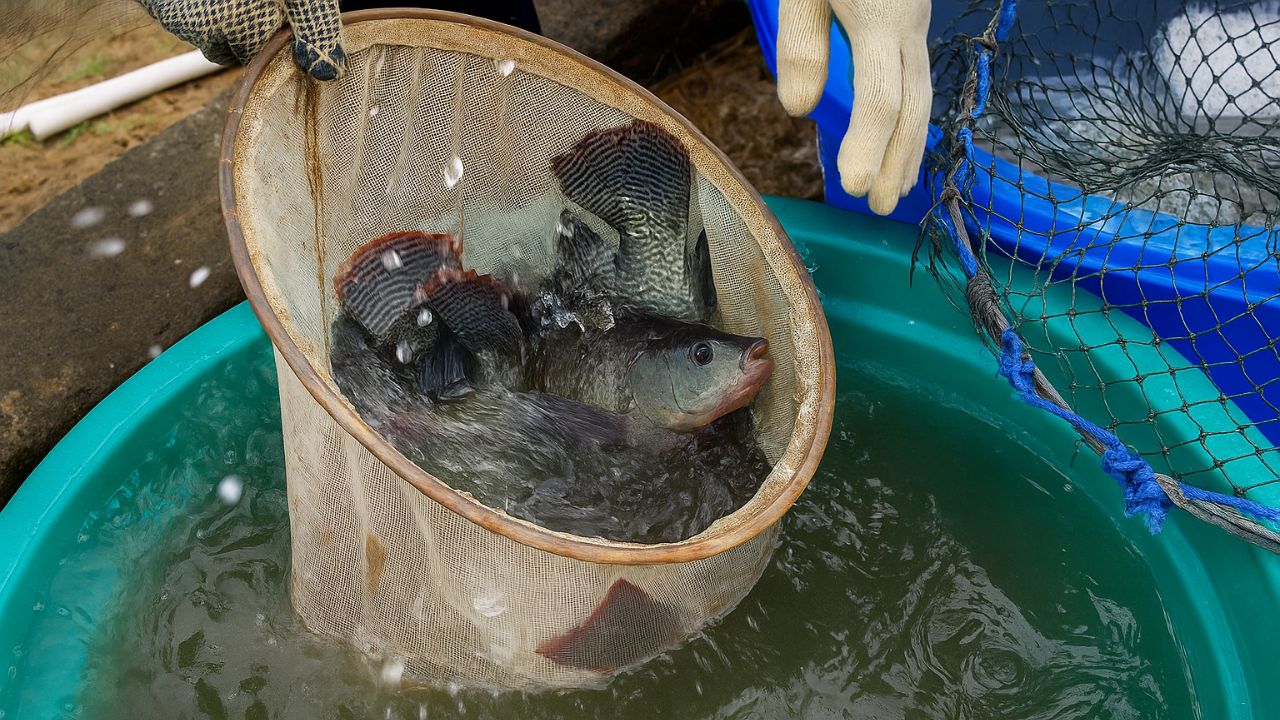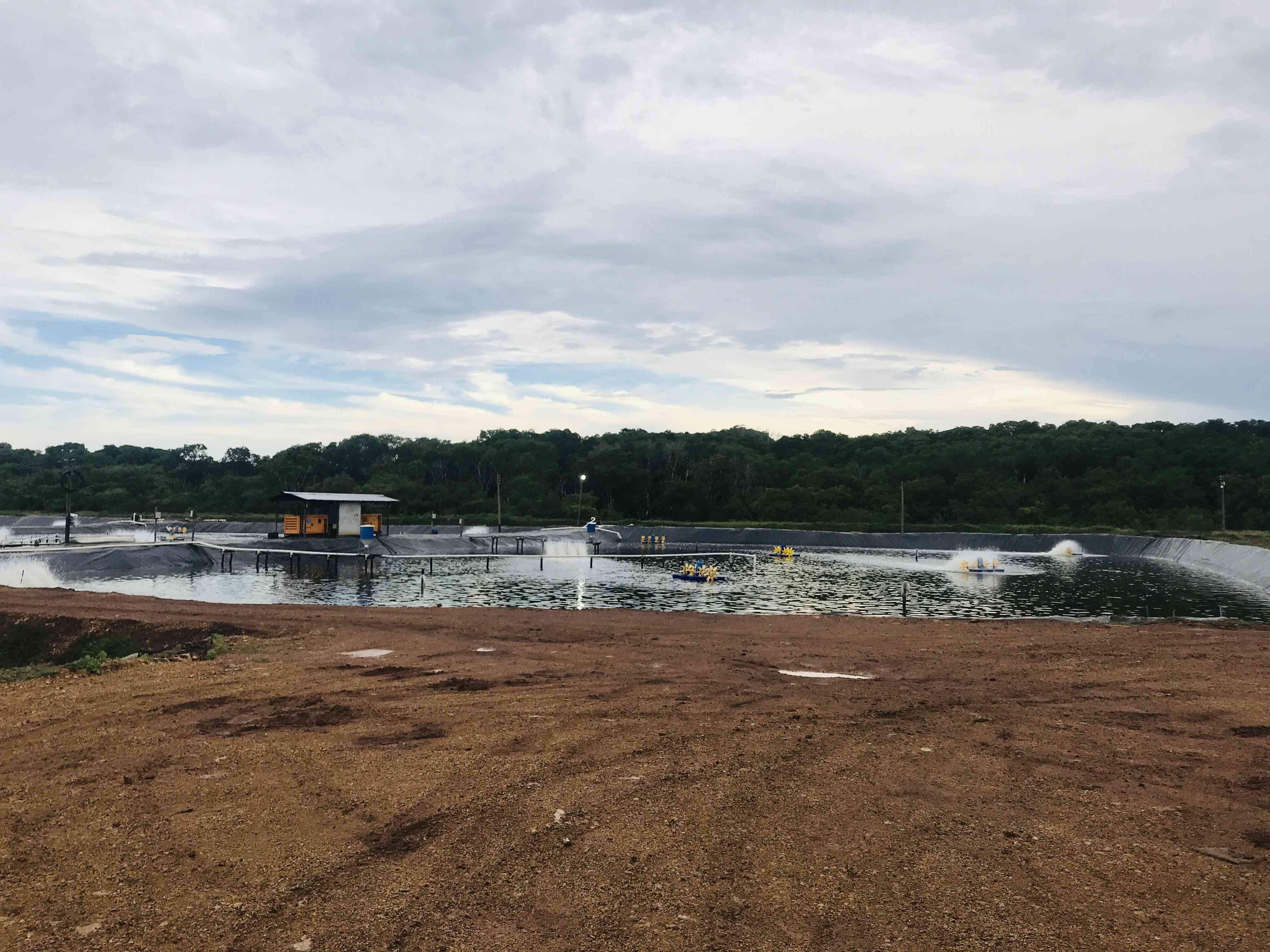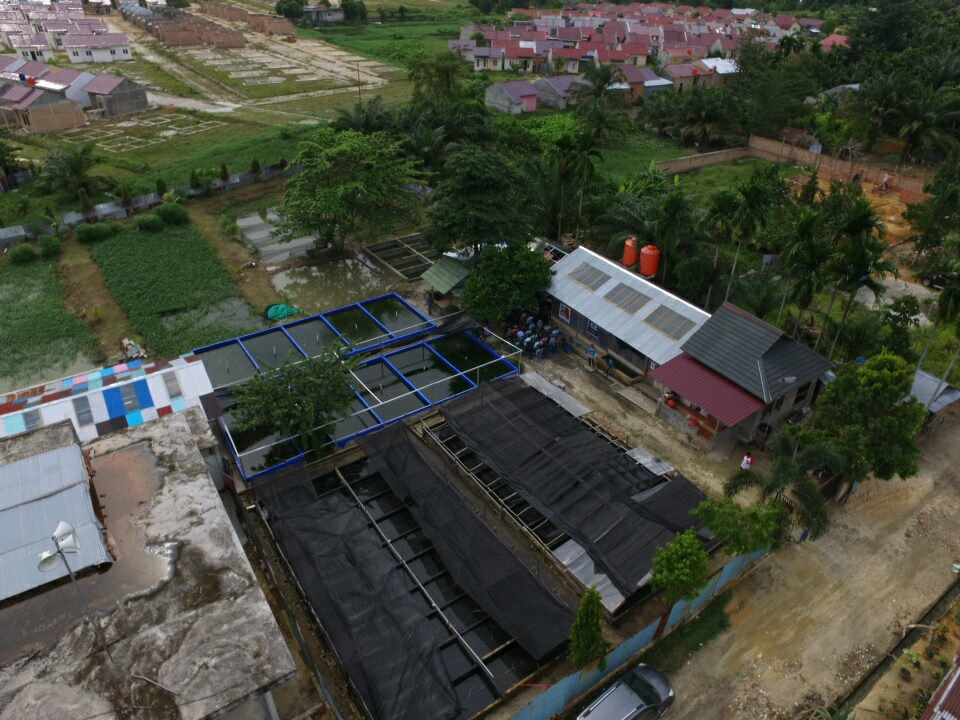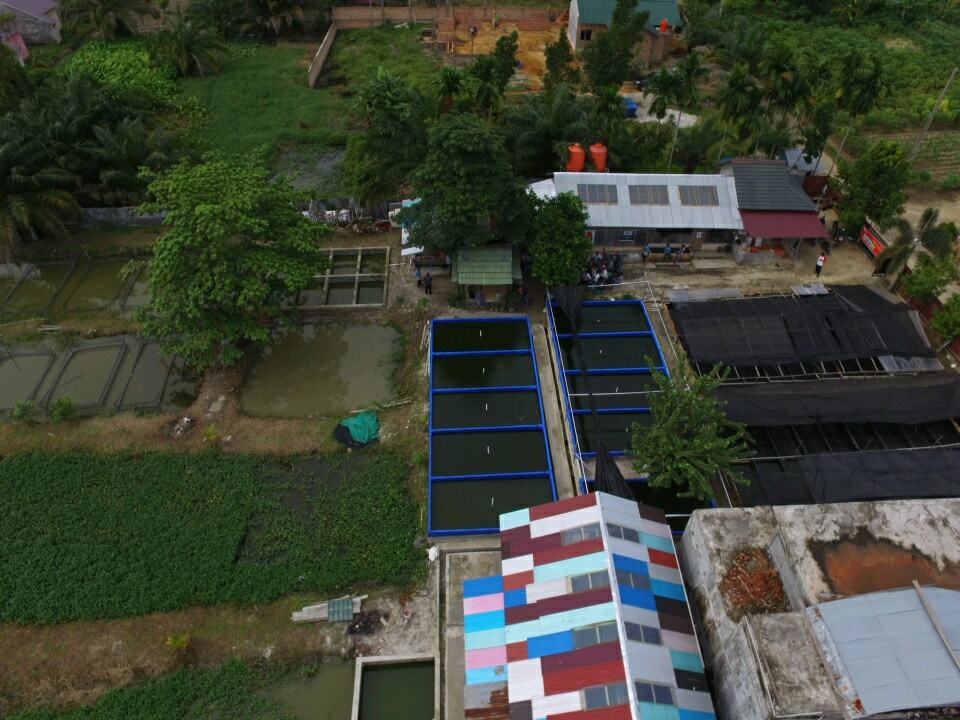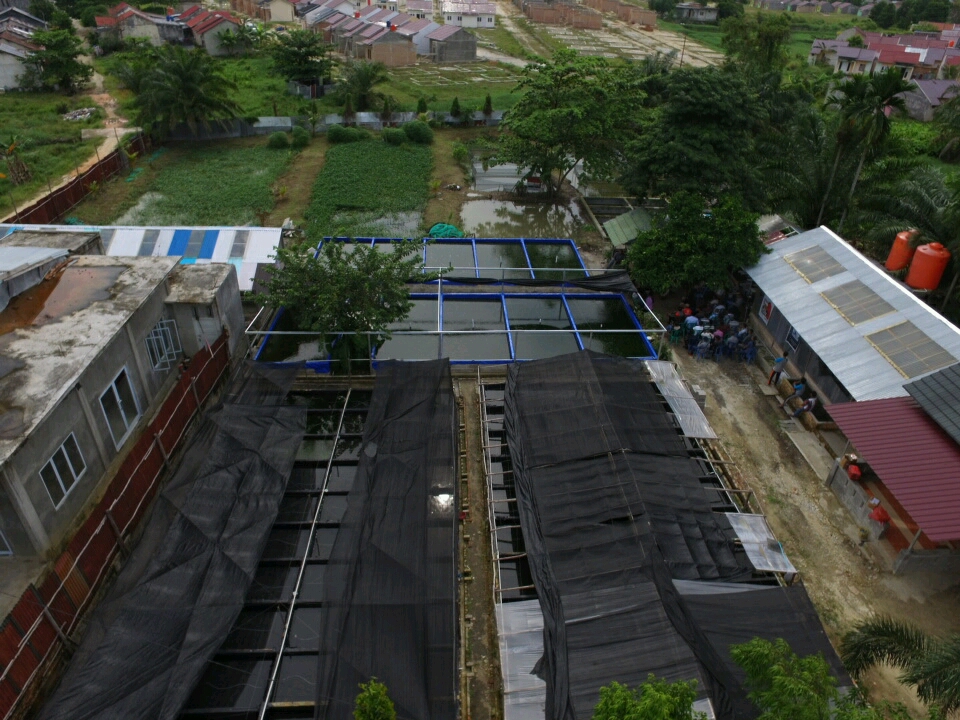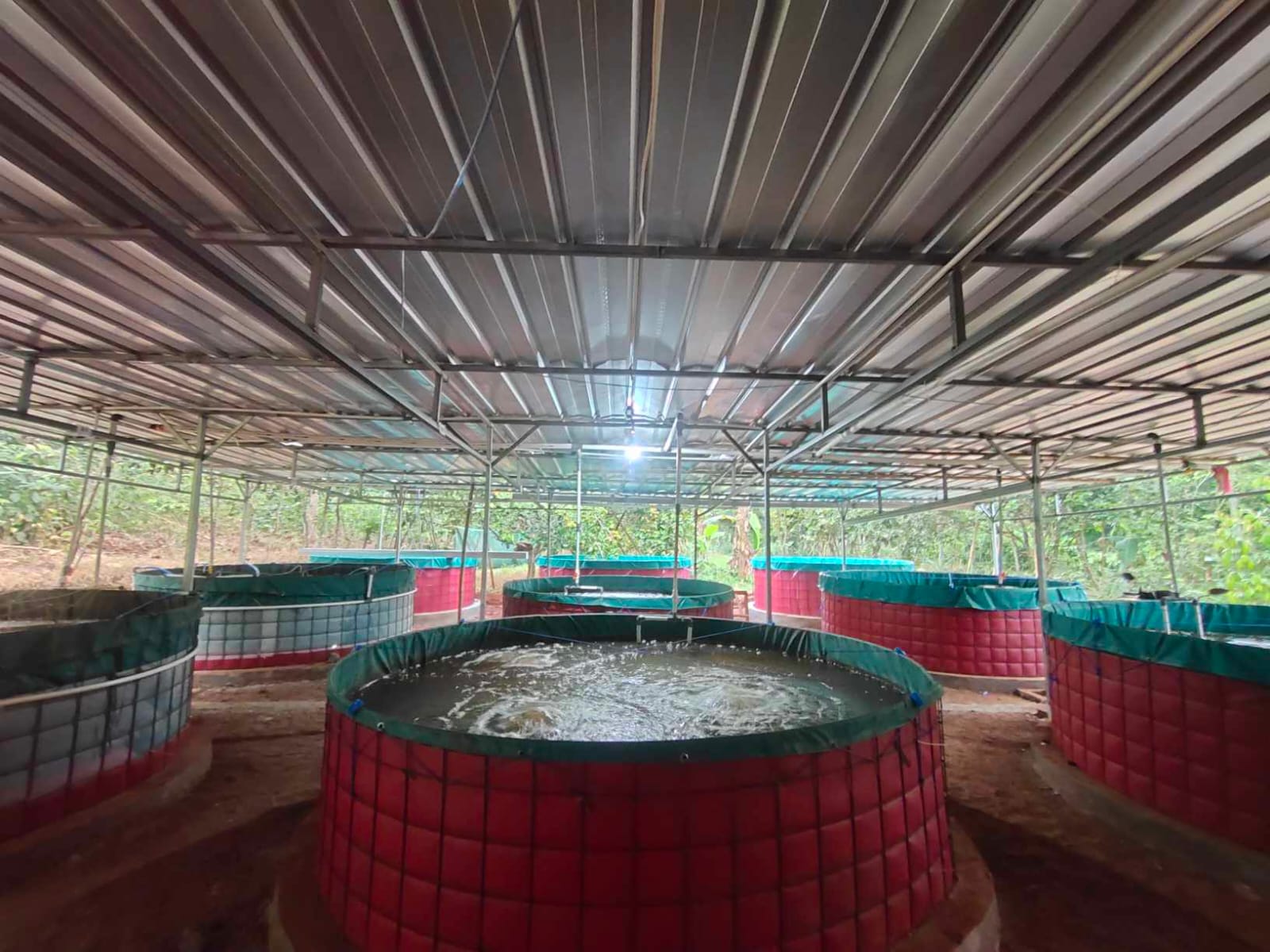The Nile Tilapia, Oreochromis niloticus, began its journey in the warm, fresh waters of the Nile River and the great lakes of Africa. Today, it has crossed continents and oceans to become a leading variety on the global aquaculture stage. In Indonesia, it is a commodity of immense importance, underpinning local economies and providing a vital source of animal protein for hundreds of millions of people. Its popularity is so widespread that the Food and Agriculture Organization (FAO) has dubbed it the "Chicken of the Water," a nod to its versatile, white flesh favored by consumers worldwide.
Yet, behind its classic image as a freshwater fish lies a secret that could hold the key to the future of coastal aquaculture. How is it possible that a creature that evolved in freshwater can not only survive but demonstrate superior growth in the salty, brackish ponds lining Indonesia's coastline? This saline-adapted tilapia is at the center of a remarkable story of biological efficiency.
The answer lies in a complex biological art form known as osmoregulation—the constant, delicate process of maintaining the body's internal balance of salt and water. This is not merely a story of tolerance to salt, but one of profound biological efficiency. By mastering the intricate dance of osmoregulation, this selectively bred variety of tilapia has minimized the energy it must expend to survive in a brackish environment. The energy saved is then massively reallocated, fueling faster growth and developing superior meat quality. It is this biological advantage that is now being harnessed as a powerful engine to revitalize coastal economies, strengthen national food security, and position Indonesia as a leader in the global blue economy.
The art of balancing salt and water
To grasp the prowess of the saline tilapia, one must first understand the fundamental mechanism that allows all fish to live in water: osmoregulation. The process is akin to managing a "biological battery" operating in a liquid medium. A fish’s internal fluids have a specific salt concentration that must be kept constant for all bodily functions to operate normally, yet the external environment—whether fresh or salt water—ceaselessly tries to disrupt this equilibrium. Failure to maintain this balance leads to severe physiological stress. Osmoregulation is the internal management system working tirelessly to keep this battery charged and balanced, a process that is vital but extremely draining of energy.
In their native freshwater habitats, fish face a unique osmotic challenge. Their bodily fluids are far more concentrated, or "saltier," than the surrounding water. According to the laws of osmosis, water naturally moves from an area of low solute concentration (the freshwater) to one of high concentration (the fish's body). Consequently, water passively and perpetually floods the fish through permeable surfaces like its gills and skin, while precious body salts tend to leak out. Without an efficient defense mechanism, the fish would swell up and lose essential minerals.
To counter this, freshwater fish have evolved a two-pronged strategy, employing their kidneys as high-volume water pumps and their gills as active "salt miners." The kidneys of freshwater fish are remarkably adapted, equipped with numerous, large-diameter glomeruli—the blood-filtering units. This structure allows the kidneys to filter blood rapidly and expel vast quantities of very dilute urine, the primary mechanism for ejecting excess water. As a result, freshwater fish drink very little, if at all. To replace the salts that are inevitably lost, the gills play a crucial role. Within the gills are specialized cells called chloride cells, or ionocytes. These cells function like microscopic pumps, actively "mining" or absorbing essential ions like sodium and chloride from the low-concentration freshwater and moving them into the bloodstream. This active transport works against the concentration gradient and demands a significant amount of metabolic energy.
Observations of gill samples of saline tilapia fish were carried out to detect the presence of parasites that can cause death: BPBAP Takalar
The challenge of dehydration in a saltwater world
When a fish finds itself in a saltwater environment, the osmotic challenge reverses completely. This time, the surrounding seawater is far saltier than the fish's internal fluids. As a result, the fish constantly loses water from its body through osmosis. Without adaptation, it would rapidly dehydrate. To survive, fish in this environment have developed a counter-strategy to maintain their internal balance of fluids and ions.
A primary method is to continuously drink seawater. Unlike their freshwater relatives, which have no need to drink, saltwater fish have little choice but to ingest the water around them. This allows them to replace the fluid they lose and ensure their bodies remain hydrated despite the high osmotic pressure. However, drinking seawater introduces a new problem: the body is flooded with a large amount of salt. To manage this, the gills act as both a filter and an ion regulator. The chloride cells in the gills function like miniature "desalination plants," actively pumping excess salt out of the bloodstream and returning it to the ocean. This process is so efficient that the fish can obtain the water it needs without bearing the burden of dangerous salt levels.
The kidneys also undergo a unique adaptation. They are designed to be extremely water-efficient, with fewer and smaller glomeruli. This drastically reduces the rate of fluid filtration, allowing as much water as possible to be retained. The kidneys produce only a small amount of highly concentrated urine, which serves to excrete certain ions, such as magnesium and sulfate, that cannot be expelled through the gills.
From these two opposing scenarios, it becomes clear that osmoregulation is a highly active and energy-intensive process. The greater the difference in osmotic pressure between the fish’s body and its environment, the more metabolic energy must be allocated simply to maintain internal balance. This is energy that cannot be used for other vital functions, such as growth, reproduction, or immune response. This principle is the foundation for understanding why the efficiency of osmoregulation directly determines the economic value of a farmed fish.
The saline tilapia: a biological masterstroke
Nile Tilapia are naturally endowed with a key genetic advantage: they are euryhaline. This term refers to organisms that possess an innate physiological plasticity to adapt and survive across a wide range of salinities, from freshwater to brackish water and even seawater. This adaptive ability became the foundational trait for researchers seeking to create the saline tilapia.
Leveraging this natural characteristic, scientists in Indonesia, primarily through the Agency for the Assessment and Application of Technology (BPPT), now integrated into the National Research and Innovation Agency (BRIN), conducted intensive selective breeding programs. The result was the birth of superior strains specifically designed for brackish water environments. One of the most renowned is the "SALINA" tilapia (Saline Tolerance Indonesian Tilapia), which was officially released by the Ministry of Maritime Affairs and Fisheries in 2014. This strain is not merely a tilapia that can "tolerate" salt; it is a biological machine optimized for maximum efficiency in brackish water.
The Head of BPPT spreads salina tilapia seeds in the Degayu Pond, Pekalongan: BRIN
The primary advantage of saline tilapia lies in its ability to find and thrive in an "iso-osmotic sweet spot." This is a condition where the salinity of the culture medium closely matches the salinity of the fish's internal fluids. At this point, the osmotic gradient between the fish and its environment becomes minimal. The fish's body, which in other environments is constantly "leaking" or "overloading," now exists in near-perfect equilibrium with its surroundings. It no longer needs to expend vast amounts of energy to fight the influx of water (as in freshwater) or the outflow of water (as in high-salinity seawater).
The consequence is a massive reallocation of metabolic energy. The energy that would normally be spent on the hard work of the kidneys and gills in osmoregulation can now be fully diverted toward the goal most desired by farmers: growth. Research data consistently confirm this phenomenon. The growth and survival of tilapia do not peak at a salinity of 0 parts per thousand (ppt), which is freshwater, or at high salinities of 25-30 ppt. Instead, peak performance occurs in the intermediate salinity range of approximately 10-15 ppt. One study showed that the most optimal length growth and highest weight gain occurred at this 10-15 ppt range. When salinity was increased to 20-25 ppt, growth performance plummeted and mortality rates soared, indicating that the fish had to sacrifice growth merely to survive. Thus, the superiority of saline tilapia is its ability to achieve peak performance in a brackish environment with the lowest possible energy expenditure on osmoregulation. This biological efficiency explains why saline tilapia can be harvested in a much shorter time compared to their freshwater counterparts.
From biological edge to economic engine
This biological advantage of saline tilapia translates directly into tangible economic and strategic benefits, especially for a maritime nation like Indonesia. The country possesses enormous potential in its coastal lands. An estimated 30 to 40 percent of the total 1.2 million hectares (approximately 2.97 million acres) of pond land across Indonesia is considered marginal or underutilized.1 A significant portion of this land consists of former shrimp ponds, abandoned by farmers after experiencing crop failures due to disease outbreaks.
Saline tilapia offers a robust solution, presenting a cultivation alternative capable of reviving this derelict infrastructure and transforming these sleeping lands into productive fishery hubs. This view is echoed by experts like Prof. Dr. Ir. Etty Riani, MS, of the Faculty of Fisheries and Marine Sciences at IPB University, who spoke on the topic at the 2025 Tilapia Outlook Seminar, an event co-hosted by the Indonesian Tilapia Association (ATI) and the Ministry of Maritime Affairs and Fisheries (KKP).
On a deeper level, saline tilapia not only creates new opportunities but also serves as a powerful agent of risk mitigation for coastal aquaculture. The shrimp farming industry, in particular, is known for its high risks due to its vulnerability to disease. Tilapia, by contrast, are generally known to be hardy and disease-resistant. The saline tilapia provides a more stable, lower-risk alternative, offering a direct solution to the problem of failed shrimp ponds and abandoned coastal lands.
A driver of national progress
At the macro level, the development of saline tilapia has become a strategic pillar in Indonesia's blue economy agenda. The government, through agencies like the KKP and BRIN, is actively promoting saline tilapia as a national flagship commodity.
A cornerstone of this initiative is the Saline Tilapia Cultivation (BINS) pilot project in Karawang, West Java. Built on a massive scale of 84 hectares (approximately 208 acres) and equipped with modern technology such as automatic feeders and waterwheels, this project is designed to be a blueprint for the revitalization of the entire pond area along the northern coast of Java (Pantura). The vision is ambitious: to revitalize 78,000 hectares (approximately 192,700 acres) of coastal ponds to produce an estimated 4 million tons of saline tilapia in a single harvest cycle. This target aims not only to meet domestic demand but also to capture a share of the global tilapia market, valued at $14.4 billion, and to create tens of thousands of new jobs.
The saline tilapia fish pond in Sedari Village, located in the Aquaculture Fisheries Village, was chosen as the location for the Pantura Fish Pond Revitalization Program plan: Luhkan Kab. Karawang/Panji Yudistira
This government support is not confined to the northern coast of Java. In various other regions, similar initiatives are gaining momentum. The Pati Regency government in Central Java, for example, has allocated thousands of hectares of land for saline tilapia cultivation. In the Riau Islands, the local government is also actively encouraging investment and providing support to farmer groups to develop this commodity in its coastal areas.




